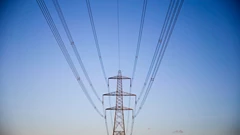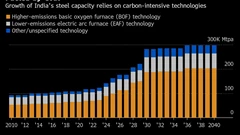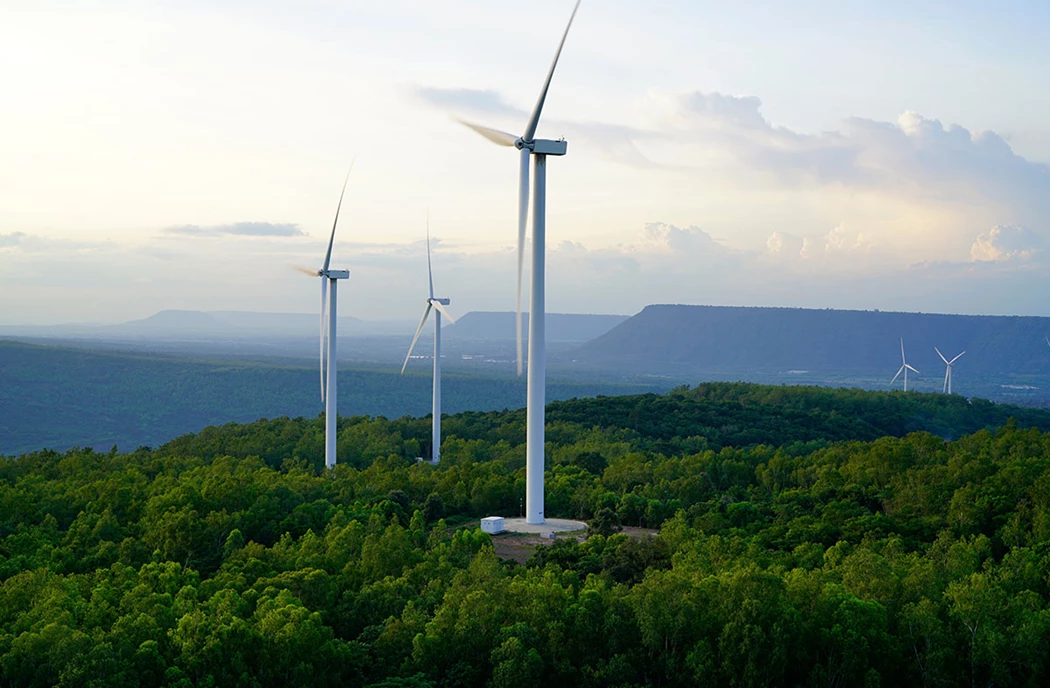Giant UK Electric-Car Charging Station Also Will Supply the Grid
(Bloomberg) -- An electric-vehicle charging station that can juice hundreds of cars a day and set up with two batteries that can send power to the UK grid is opening in Oxford.
The project, known as the Energy Superhub Oxford, will include 42 rapid chargers at the Redbridge Park and Ride. Britain will need to rapidly scale up charging infrastructure and battery storage to achieve its goals for cutting carbon emissions.
The £41 million ($50 million) facility was developed by Pivot Power, a division of Electricite de France SA, with the Oxford City Council. The system includes 12 Tesla Superchargers, a 2-megawatt vanadium flow battery from Invinity Energy Systems Plc and a 50-megawatt lithium-ion battery from Wartsila Oyj. It’s the largest pairing of those two battery technologies and could serve as an example for building storage capacity to help reach climate goals.
“We really need to accelerate this whole plan,” said Matt Allen, chief executive officer of Pivot Power. “Our superhub model will be a key part of that acceleration.”
Electric vehicles made up 14% of UK car registrations in the first five months of the year, nearly double the percentage from a year earlier, according to industry data. Some of the chargers will be able to add 300 miles (483 kilometers) of range to an electric car in 20 minutes, potentially providing extra juice for hundreds of cars a day.
The charging station plugs directly into the grid via a four-mile underground cable. There’s enough capacity to add more chargers in the future, potentially to electrify Oxford’s buses.
One key barrier to large-scale electric vehicle charging is having the access to power. Local distribution networks are carefully balanced and can’t always accommodate a huge source of unpredictable demand like an EV charging facility. The Oxford charging station will connect directly into National Grid’s larger network that stretches across the country.
Batteries can help boost the amount of power coming from renewables by recharging when solar and wind are plentiful and then discharging when there’s high demand.
More stories like this are available on bloomberg.com
©2022 Bloomberg L.P.
KEEPING THE ENERGY INDUSTRY CONNECTED
Subscribe to our newsletter and get the best of Energy Connects directly to your inbox each week.
By subscribing, you agree to the processing of your personal data by dmg events as described in the Privacy Policy.
More renewables news

GE Vernova Expects More Trouble for Struggling Offshore Wind Industry

GE Vernova to Power City-Sized Data Centers With Gas as AI Demand Soars

Longi Delays Solar Module Plant in China as Sector Struggles

Australia Picks BP, Neoen Projects in Biggest Renewables Tender

SSE Plans £22 Billion Investment to Bolster Scotland’s Grid

A Booming and Coal-Heavy Steel Sector Risks India’s Green Goals

bp and JERA join forces to create global offshore wind joint venture

Blackstone’s Data-Center Ambitions School a City on AI Power Strains

Chevron Is Cutting Low-Carbon Spending by 25% Amid Belt Tightening
















